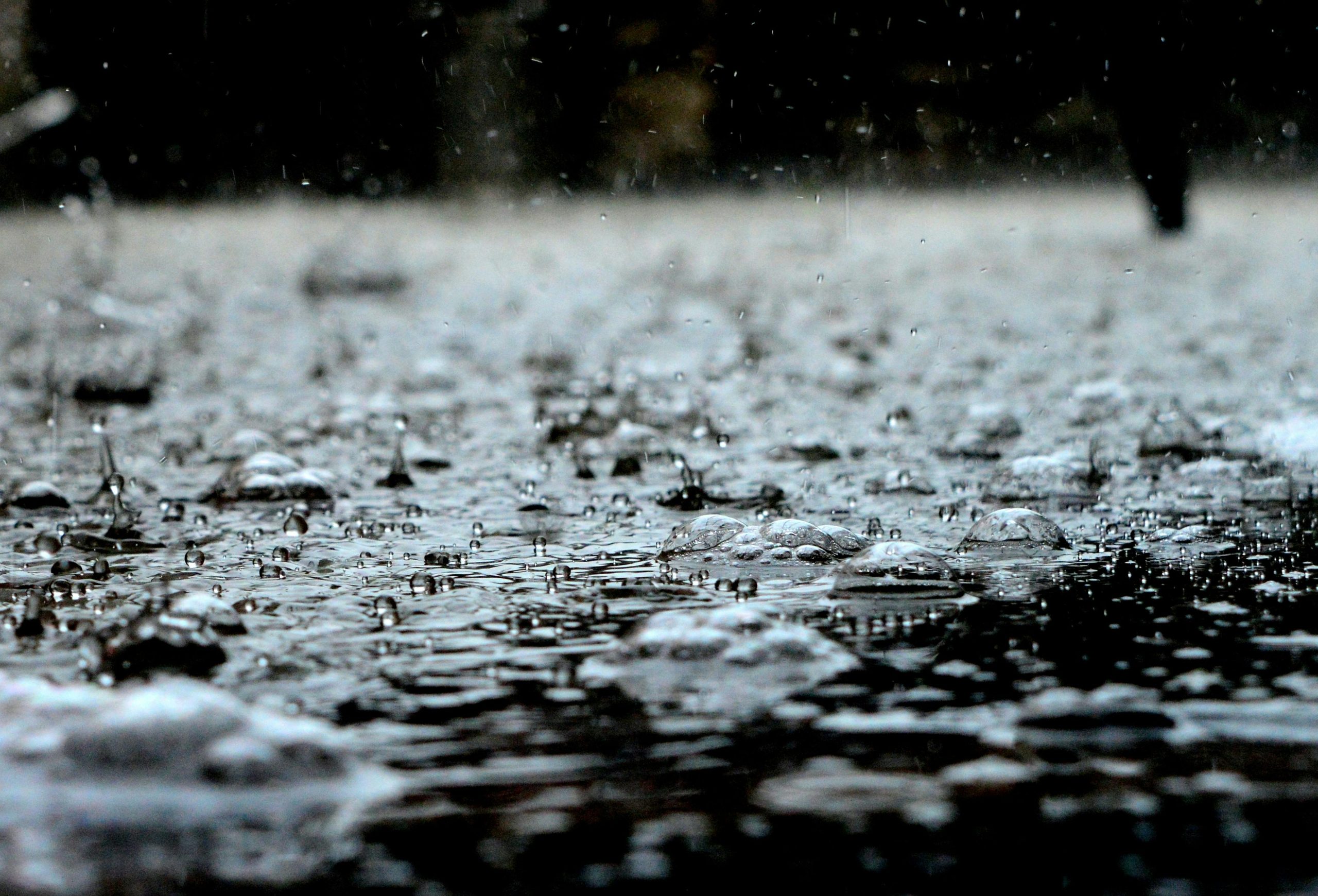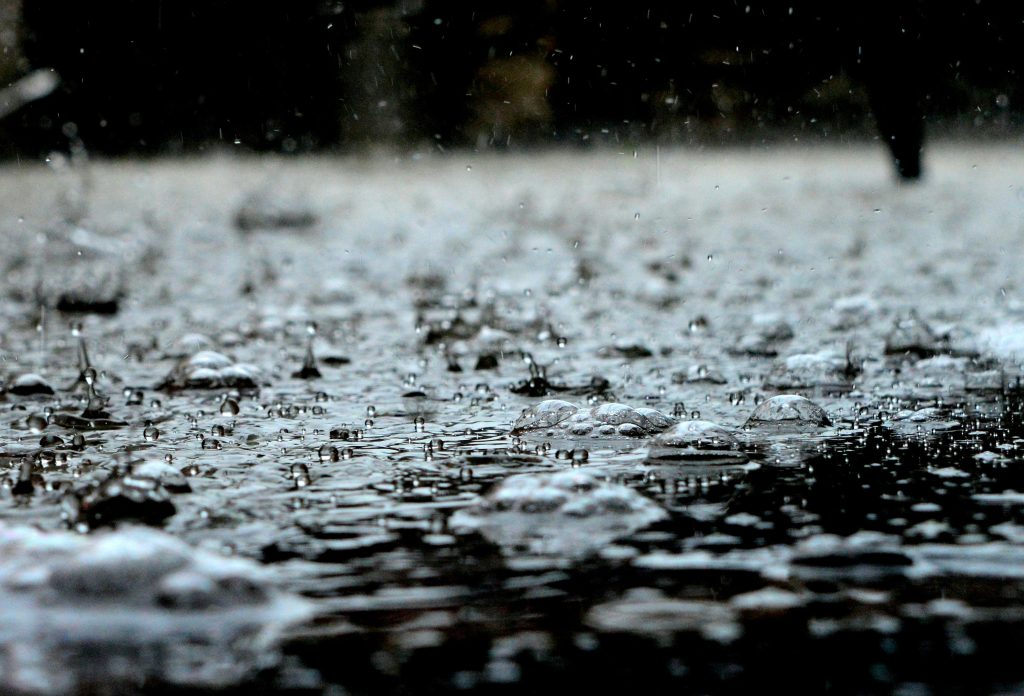
1. Introduction
In today’s world, environmental sustainability has become a key focus for individuals, businesses, and communities alike. One area where sustainability has made significant advancements is in residential buildings. Rainwater harvesting, in particular, has emerged as a profound solution to maximize sustainability in homes. By capturing rainwater and utilizing it for various purposes, homeowners can reduce their reliance on traditional water sources and contribute to a more eco-friendly lifestyle. In this blog, we will explore the benefits of rainwater harvesting in residential buildings and how it can be integrated into sustainable development projects. Additionally, we will discuss the use of sustainable building materials, recycling and waste management, and energy conservation and management in creating environmentally friendly homes. Read on as we delve into the world of sustainable building practices and uncover the profound advantages they offer for both individuals and the planet.
2. Understanding the concept of rainwater harvesting
Rainwater harvesting is the practice of collecting and storing rainwater for various uses within residential buildings. The concept is relatively simple yet incredibly effective in maximizing sustainability. In essence, rainwater is captured from rooftops, balconies, or other surfaces, and then stored in tanks or barrels for future use.
One of the primary benefits of rainwater harvesting is its ability to reduce the demand for potable water. By utilizing rainwater for tasks such as irrigation, laundry, and toilet flushing, homeowners can significantly decrease their reliance on municipal water supplies. This not only conserves water resources but also eases the burden on wastewater treatment plants.
Moreover, rainwater harvesting can help alleviate stormwater runoff issues. During heavy rain events, stormwater often collects pollutants and carries them into nearby water bodies, causing water pollution. By capturing rainwater, homeowners can reduce the amount of stormwater runoff and subsequently minimize the pollution it causes.
3. The environmental benefits of rainwater harvesting
One cannot underestimate the environmental benefits of rainwater harvesting. By actively capturing and utilizing rainwater, homeowners can make a significant positive impact on the environment.
One important environmental benefit of rainwater harvesting is the reduction in energy consumption. Traditional water sources require significant energy to pump and treat water, whereas rainwater is naturally collected and does not require any energy-intensive processes. By using rainwater for non-potable purposes, homeowners can reduce their reliance on energy-consuming water treatment plants, resulting in less greenhouse gas emissions and carbon footprints.
Additionally, rainwater harvesting helps to mitigate the effects of water scarcity. As the global population continues to grow, water scarcity is becoming a pressing issue in many regions. By using rainwater for irrigation and other non-drinking purposes, homeowners reduce the strain on freshwater sources, helping to ensure a sustainable water supply for future generations.
Furthermore, rainwater harvesting contributes to the overall resilience and sustainability of a community. By reducing the demand for potable water, rainwater harvesting lessens the strain on municipal water systems during droughts or emergencies. This can help prevent water shortages and ensure a more reliable water supply for essential needs.
4. Cost-effectiveness and potential savings
In addition to the environmental benefits, rainwater harvesting can also have a significant financial advantage for homeowners. By utilizing rainwater for non-potable purposes, homeowners can drastically reduce their dependence on treated water from municipal sources.
One of the primary cost savings comes from a reduction in water bills. As rainwater is collected and used for activities like gardening, toilet flushing, and laundry, less water is drawn from the municipal supply, resulting in lower water bills. This can be especially advantageous for homeowners living in areas with high water rates.
Furthermore, rainwater harvesting systems require maintenance and operational costs far lower than those of traditional water supply systems. Once installed, rainwater harvesting systems are relatively easy to maintain and do not require constant monitoring or expensive repairs. This can lead to long-term cost savings for homeowners.
It is important to note that the cost-effectiveness of rainwater harvesting depends on various factors such as the size of the system, local water rates, and initial installation costs. However, in many cases, homeowners can recoup their investment within a few years and continue to save money over the long term.
5. Enhancing water self-sufficiency
One of the greatest advantages of rainwater harvesting in residential buildings is the ability to enhance water self-sufficiency. By collecting and utilizing rainwater, homeowners can reduce their dependence on external water sources and become more self-reliant in meeting their water needs.
This is particularly beneficial in areas prone to water scarcity or where water restrictions are imposed during dry seasons. With a rainwater harvesting system in place, homeowners have a reliable and sustainable supply of water for non-potable uses, even during times of water scarcity.
Enhancing water self-sufficiency also contributes to the overall resilience of residential buildings. In the event of a water shortage or disruption in the municipal water supply, homeowners with rainwater harvesting systems can continue to meet their water needs without interruption.
Moreover, rainwater harvesting encourages a more responsible and mindful approach towards water consumption. By understanding the value of water and actively participating in its conservation, homeowners can contribute to a more sustainable future.
6. Improving water quality
Another significant benefit of rainwater harvesting in residential buildings is the improved quality of water. Rainwater is naturally pure, as it does not contain any harmful chemicals or pollutants found in traditional water sources. By collecting and utilizing rainwater, homeowners can ensure a cleaner and healthier water supply for various purposes.
Rainwater can be used for tasks such as watering plants, washing cars, and flushing toilets. Since it is free from chemicals like chlorine, rainwater is gentle on plants and can help maintain their health and vitality. Additionally, rainwater can be used for laundry and cleaning, reducing the reliance on treated water for these non-potable purposes.
To ensure the highest water quality, it is essential to properly design and maintain the rainwater harvesting system. Regular maintenance, such as cleaning the gutters and filters, is crucial to prevent contamination and ensure the collected rainwater remains clean and safe for use.
7. Supporting local ecosystems
Another profound benefit of rainwater harvesting in residential buildings is its positive impact on local ecosystems. When rainwater is collected and stored, it helps to alleviate the strain on local water sources such as rivers and lakes. By reducing the demand for water from these sources, rainwater harvesting helps to preserve the delicate balance of aquatic ecosystems and maintain their health.
Furthermore, when rainwater is used for irrigation purposes, it reduces the reliance on groundwater reserves and decreases the need for intensive irrigation techniques. This, in turn, allows natural water sources to replenish, benefiting not only the ecosystem but also wildlife habitats.
In addition to benefiting aquatic ecosystems, rainwater harvesting also supports plant life in local areas. By using rainwater for watering plants and gardens, homeowners can help conserve water and promote plant growth without depleting natural water sources.
By implementing rainwater harvesting systems, homeowners can actively contribute to the sustainability and well-being of their local environment.
8. Prerequisites and considerations for implementing rainwater harvesting
While the benefits of rainwater harvesting in residential buildings are clear, it’s important for homeowners to understand the prerequisites and considerations before implementing such a system.
Firstly, it is crucial to assess the local climate and rainfall patterns in your area. Rainwater harvesting is most effective in regions with consistent rainfall, as this ensures a steady supply of water throughout the year. On the other hand, areas with low rainfall may not yield sufficient water to meet household needs solely through rainwater harvesting.
Another consideration is the size and location of your residential property. The availability of space will determine the type of rainwater harvesting system you can install. Smaller properties may require compact systems such as rain barrels or above-ground tanks, while larger properties could accommodate underground cisterns.
Additionally, homeowners should be aware of any local regulations or permits required for rainwater harvesting. Some areas may have specific guidelines or restrictions that need to be followed, so it’s important to research and adhere to these guidelines.
Lastly, maintenance and regular cleaning of the rainwater harvesting system are essential to ensure the water remains clean and safe for use. This includes removing debris from gutters and filters, as well as periodically disinfecting and inspecting the system to prevent any contamination.
By considering these prerequisites and taking the necessary steps, homeowners can successfully implement rainwater harvesting systems and maximize their benefits for both themselves and the environment.
9. Conclusion: Embracing rainwater harvesting for a sustainable future
In conclusion, embracing rainwater harvesting in residential buildings is a crucial step towards a more sustainable future. By efficiently collecting and utilizing rainwater, homeowners can significantly reduce their reliance on traditional water sources, conserve valuable resources, and contribute to water conservation efforts.
However, it is important to consider the prerequisites and considerations before implementing a rainwater harvesting system. Assessing the local climate and rainfall patterns, evaluating the size and location of the property, and being aware of any local regulations or permits are key factors to ensure the success of the system.
Furthermore, regular maintenance and cleaning of the system are essential to maintain the quality and safety of the harvested water. By following these guidelines, homeowners can effectively maximize the benefits of rainwater harvesting.
SILA adopts a tech-driven approach, utilizing Robotics and IoT, Automated Compliance Management, and our proprietary technology (SILA Connect) to efficiently manage properties across India. As pioneers in technology within the facility management sector, SILA stands out as one of the best housekeeping service provider in India.
Industries We serve –
Commercial Offices & Buildings | Manufacturing & Heavy Industrial Facilities | Residential Complexes & Townships | Hotels & Campuses | Airports & Malls | IT Parks & Data Centers | Warehousing & Logistics Parks | Banks & Retail
Present in 125 cities –
Ahmedabad | Baroda | Bengaluru | Chennai | Bhubaneswar | Delhi | Gurugram | Noida | Kolkata | Hyderabad | Kochi | Mumbai | Pune & more
Get a free quote today, to reduce your facility management cost.
Also Read: The Impact of Strategic Facility Management on your Bottom Line
FAQs
1. What are the housekeeping services?
Housekeeping services entail routine dusting, vacuuming, garbage disposal, and wiping and disinfecting various surfaces, floors, and shared spaces. Housekeeping services may include taking care of restrooms, refilling supplies, and checking for compliance with health and safety regulations.
2. What is a housekeeping sop?
A housekeeping SOP—or standard operating procedure—is a step-by-step set of instructions on how to complete each housekeeping task. These processes are approved by management, and all housekeepers are expected to follow them to ensure consistency, accuracy, and quality.
3. Why is Facility Management important?
Facility Management is crucial for maintaining optimal working conditions, ensuring safety compliance, extending building lifespan, reducing operational costs, and improving ESG standards.
4. How do you measure the success of Facility Management?
Key performance indicators (KPIs) such as uptime of critical equipment, energy efficiency, maintenance costs, safety records, compliance levels, and overall productivity are often used to measure the success of FM practices.
About SILA -
SILA – A Real Estate platform driven by an entrepreneurial spirit.
Our businesses include Real Estate Services which offer Facility Management, Contracting Solutions and Real Estate Advisory. Our other business is Real Estate Development. We have a diverse client base in various sectors which include large Corporates, Real Estate Funds, Landowners and Developers.
Over the last decade, SILA has scaled efficiently, managing over 150 million square feet of assets, with over 20,000 employees pan India. The platform is backed by Norwest Venture Partners and Samara Capital Group in our Real Estate Services and Development arms, respectively.
SILA is one of the best corporate housekeeping agency in Mumbai, Bangalore,
Delhi, Chennai, Hyderabad, Pune & more.
SILA is among the top facility management companies in India, offering comprehensive property management services and housekeeping solutions. As a leading facilities management company, SILA provides tailored FM solutions, including housekeeping services in Mumbai. Leveraging our expertise, we ensure seamless property management for clients nationwide. Whether you require housekeeping agency support or specialized facility management solutions, SILA delivers excellence in every aspect of your property’s upkeep and maintenance.
About Author -

Aniket Sheth
The insightful content in this blog is curated by Aniket Sheth, our esteemed Senior Vice President of Operations. With an impressive professional journey spanning over 13 years, Aniket has held key positions at prestigious brands, showcasing his exceptional leadership skills.
Aniket’s educational background is marked by an MBA from Cornell University, which laid the foundation for his successful career. He began his professional journey at EY in New York, contributing significantly to enhancing and implementing engagements for Fortune 500 companies.
Aniket’s strategic acumen, proficiency in asset management, and forward-thinking innovation have been instrumental in helping companies streamline their operations and achieve substantial cost reductions. His wealth of experience brings a unique perspective to the world of facilities management, making his insights invaluable for businesses seeking operational excellence.





















